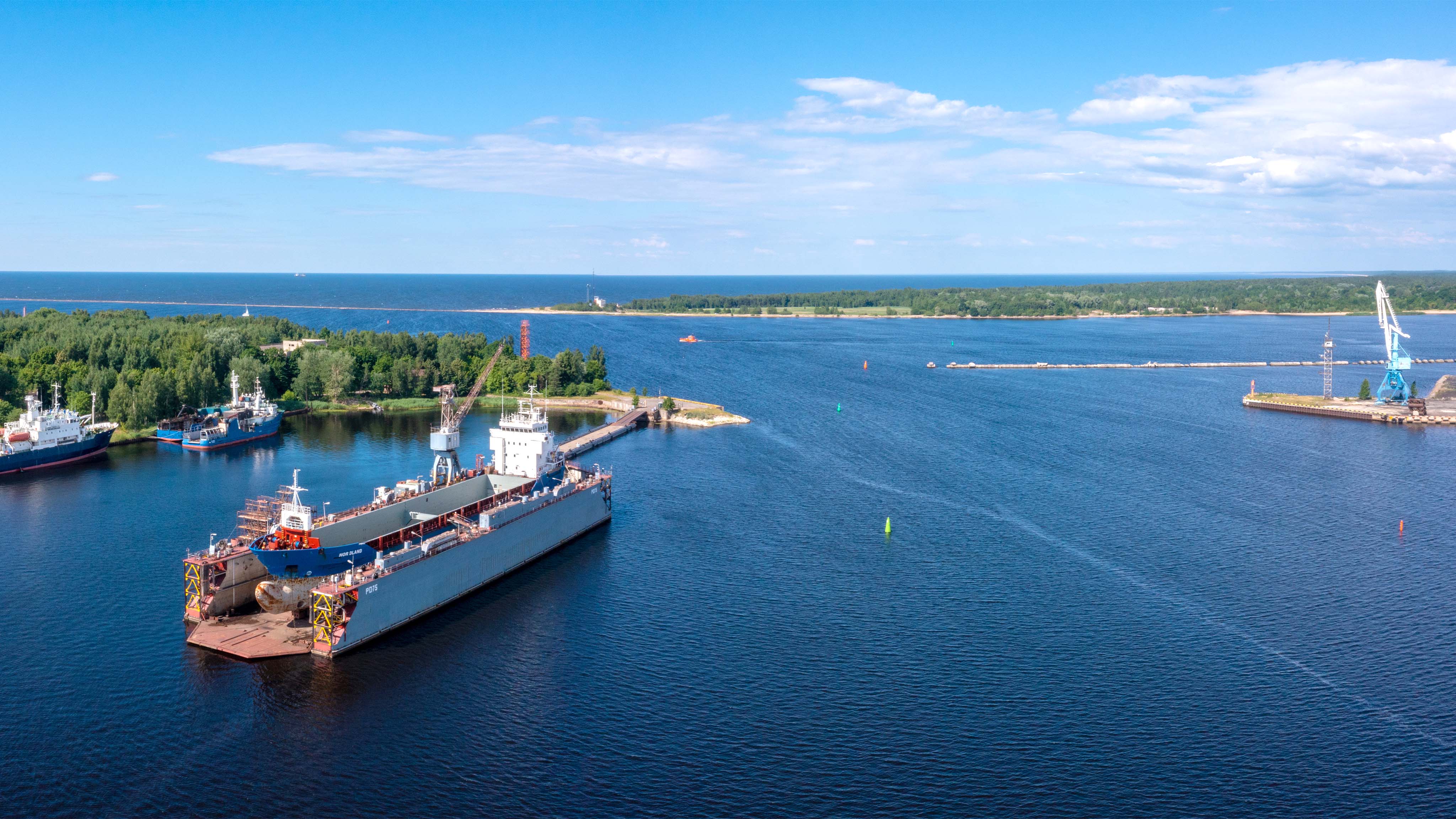.jpg?width=1000&height=1000&name=FT602%20on%20sample%20adaptor%20(1).jpg)
Industrial wind sensors
Compact wind sensors for demanding applications where precise performance meets the need for reduced weight. Weighing only 170g, FT6 Series wind sensors come fully equipped with Acu-Res® technology as standard. Reading wind speeds up to 75m/s along with wind angle, temperature, pressure, compass, tilt and acceleration. With a range of communication methods and a simple 3-screw mounting method makes this sensor easy to integrate into any safety, control or monitoring system - on the ground or in the air.
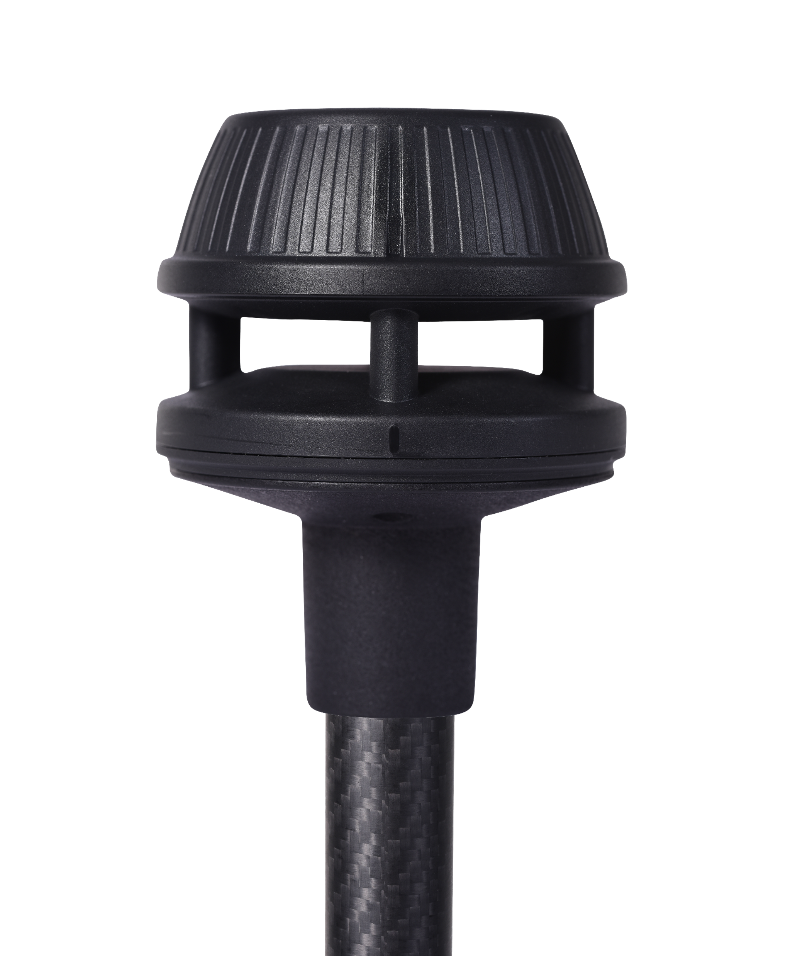
Benefits
With 10Hz output rate, the FT6 ultrasonic wind sensor is the best-in-class compact ultrasonic, enabling real-time fine tuning of navigation and control systems.
Every sensor is individually calibrated in FT's world-class wind tunnels giving you the confidence to push your system to the next level with high accuracy wind speed and wind angle.
The only wind sensor using acoustic resonance technology. Acu-Res® creates a more robust ultrasonic signal that is highly resistant to shock, vibration and interference.
Features
Performance: FT Technologies Acoustic Resonance Measurement Principle
-
WIND SPEED 0-75 m/s, 146 knots
-
WIND ANGLE 0-360 degrees
-
TEMPERATURE -20 to + 60° C
- PRESSURE 540 to 1200 hPa
- TILT -40 to + 40°
- COMPASS Prevailing wind direction 5° RMS
- LOW POWER 5-24 VDC (5V USB compatible)
- UV stabilised polycarbonate blend
- Powered by Acu-Res® Technology – gives a signal 40dB stronger than other ultrasonics
- Acu-Res® Technology - wind readings unaffected by shock and vibration
- Acu-Res® software automatically compensates for changes in air temperature, pressure and humidity
-
No moving parts, maintenance free
-
Compact size and shape make it physically strong
-
Fully-sealed IP67 sensor and connector
-
Shock-resistant, immune to vibration, electromagnetic interference and solar radiation
-
Operates at temperatures between -20°C and +60°C
-
DATA I/O Interface RS422, RS485, UART, CANbus
- DATA I/O Format ASCII, NMEA 0183, NMEA2000
-
Operates at altitudes up to 4000m
-
No exposed parts – resistant to bird attack
-
Low power usage – even when heated
-
Wind speed can be output in m/s, km/h or knots
-
Individually calibrated in our wind tunnel, no re-calibration required
-
Calibration results traceable by serial number, report available upon request
For specifications, please see our datasheets
Accessories

FT016 FT602-SM Cable 1.5m - 12 core

FT017 FT602-SM free end connector - 12 way

FT018 FT602-SM Cable 35m - 4 core (RS422)
.jpg?width=236&height=202&name=FT063%20Acu-Test%20Pack%20for%20FT602%20sensor%20(RS485).jpg)
FT063 Acu-Test Pack for FT602 sensor (RS485)

FT064 Acu-Test Pack for FT602 sensor (RS422)

FT065 Acu-Test Pack for FT602 sensor (UART)
.jpg?width=236&height=202&name=FT091%20Pipe%20Mount%20Adaptor%20for%20FT602%20(25mm%20OD).jpg)
FT091 Pipe Mount Adaptor for FT602 (25mm OD)
%20.jpg?width=236&height=202&name=FT092%20%20Pipe%20Mount%20Adaptor%20for%20FT602%20(22mm%20OD)%20.jpg)
FT092 Pipe Mount Adaptor for FT602 (22mm OD)
.jpg?width=236&height=202&name=FT093%20%20430mm%20Mounting%20kit%20for%20FT602%20(22mm%20OD).jpg)
FT093 430mm Mounting kit for FT602 (22mm OD)
Certifications
Environmental Tests
EN 60068-2-1: Cold
EN 60068-2-2: Dry Heat
EN 60068-2-14: Temperature Cycling
EN 60068-2-30: Cyclic Humidity
EN 60068-2-78: Stationary Humidity
EN 60068-2-38: Combined Temperature & Humidity
EN 60068-2-6: Sinusoidal Vibration
EN 60068-2-64: Random Vibration
EN 60068-2-27: Mechanical Shock
EN 60529: IP 6X Dust
EN 60529: IP X7 Immersion
DEF STAN 00-35 Issue 4: Wind Blown Dust Test
DEF STAN 00-35 Issue 4: Wind Blown Sand Test
ISO 9227 & IEC12944: Corrosion
EN 60068-2-5: Solar Radiation
EN 60068-2-13: Altitude
EN 60068-2-31: Drop
DEF STAN 00-35: Rain
HALT: Halt
EMC
EN 61000-6-3: Emission standard for residential, commercial and light-industrial environments
EN 61000-6-2: Immunity for Industrial Environments
EN 61000-4-2: Electrostatic discharge immunity test
EN 61000-4-3: Radiated, radio-frequency, electromagnetic field immunity test
EN 61000-4-4: Electrical fast transient/burst immunity test
EN 61000-4-5: Surge immunity test
EN 61000-4-6: Immunity to conducted disturbances, induced by RF fields
EN 61000-4-8: Power frequency magnetic field immunity test
EN 61000-4-9: Pulse magnetic field immunity test
Specifications
Lorem ipsum dolor sit amet, consectetur adipiscing elit.
(km/h & knots only available when operating the sensor in NMEA 0183 mode.)
±2% (16-40m/s)
±4% (40-75m/s)
(km/h & knots only available when operating the sensor in NMEA 0183 mode.)
±2% (16-40m/s)
±4% (40-75m/s)
(km/h & knots only available when operating the sensor in NMEA 0183 mode.)
±2% (16-40m/s)
±4% (40-75m/s)

FT001 – 15m Cable for Digital Wind Sensors

FT004 – 8m Cable for Analogue Wind Sensors

FT005 – 15m Cable for Analogue Wind Sensors
Certifications
Environmental Tests
EN 60068-2-1: Cold
EN 60068-2-2: Dry Heat
EN 60068-2-14: Temperature Cycling
EN 60068-2-30: Cyclic Humidity
EN 60068-2-78: Stationary Humidity
EN 60068-2-38: Combined Temperature & Humidity
EN 60068-2-6: Sinusoidal Vibration
EN 60068-2-64: Random Vibration
EN 60068-2-27: Mechanical Shock
EN 60529: IP 6X Dust
EN 60529: IP X7 Immersion
DEF STAN 00-35 Issue 4: Wind Blown Dust Test
DEF STAN 00-35 Issue 4: Wind Blown Sand Test
ISO 9227 & IEC12944: Corrosion:
EN 60068-2-5: Solar Radiation
EN 60068-2-13: Altitude
EN 60068-2-31: Drop
EN 61215: Hail
DEF STAN 00-35: Fog
DEF STAN 00-35: Rain
MIL-STD-810G: Icing
EMC
EN 60068-2-1: Cold
EN 60068-2-2: Dry Heat
EN 60068-2-14: Temperature Cycling
EN 60068-2-30: Cyclic Humidity
EN 60068-2-78: Stationary Humidity
EN 60068-2-38: Combined Temperature & Humidity
EN 60068-2-6: Sinusoidal Vibration
EN 60068-2-64: Random Vibration
EN 60068-2-27: Mechanical Shock
EN 60529: IP 6X Dust
EN 60529: IP X7 Immersion
DEF STAN 00-35 Issue 4: Wind Blown Dust Test
DEF STAN 00-35 Issue 4: Wind Blown Sand Test
ISO 9227 & IEC12944: Corrosion:
EN 60068-2-5: Solar Radiation
EN 60068-2-13: Altitude
EN 60068-2-31: Drop
EN 61215: Hail
DEF STAN 00-35: Fog
DEF STAN 00-35: Rain
MIL-STD-810G: Icing
Applications
With industry-leading quality control measures in place, FT technologies manufactures professional-grade wind sensors that are chosen for a range of demanding applications. Whether you want to upgrade your wind turbines, gain weather warnings for critical infrastructure or get accurate wind data for your autopilot, FT wind sensors ensure you receive reliable data 24 hours a day, 365 days a year.
control systems
Making precise adjustments to your equipment based on wind speed and wind direction means you need data that you can rely on. FT wind sensors bring the latest developments in software processing and aeroacoustics to give you the best performance, efficiency and reliability at all times.
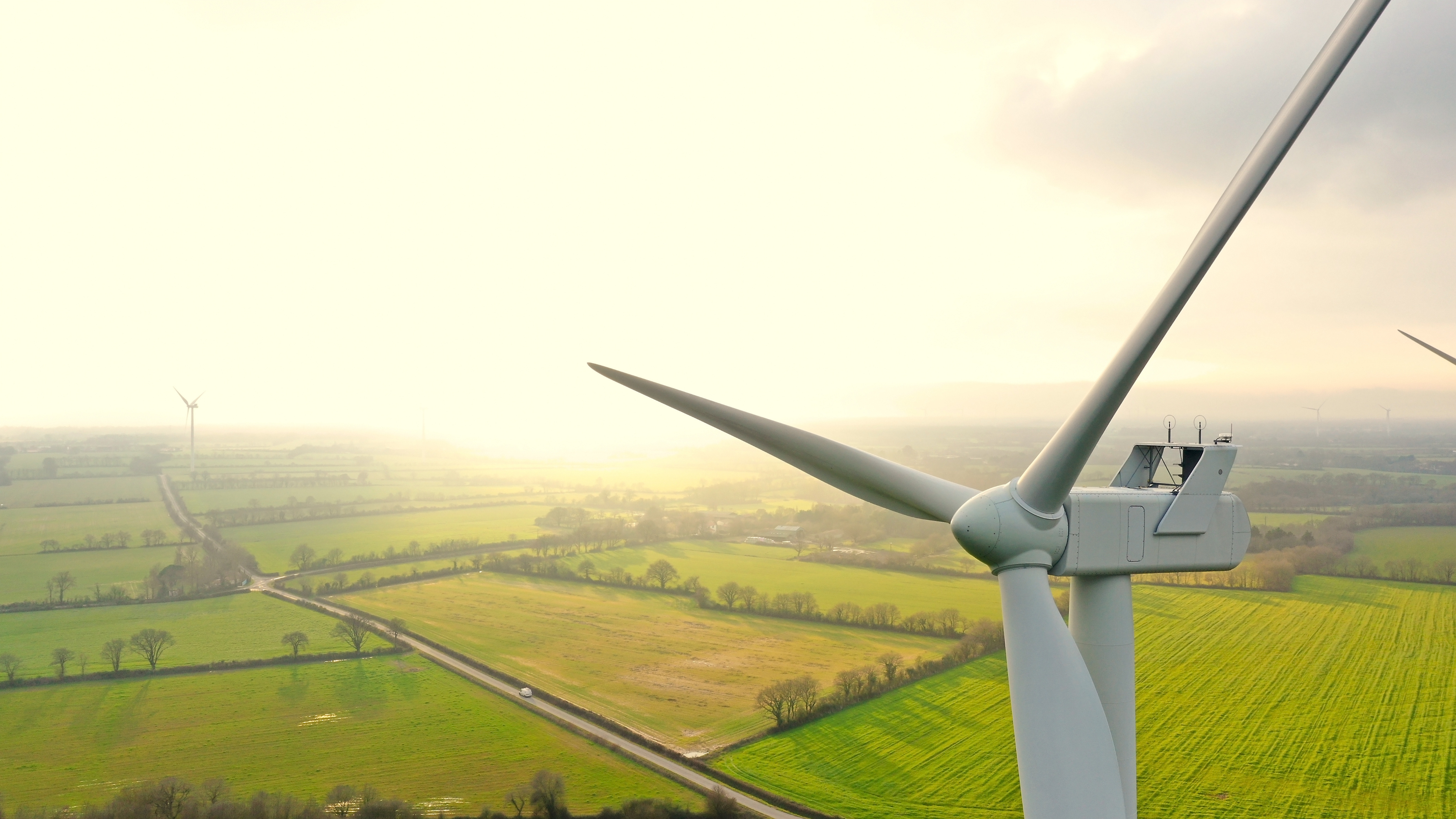
navigation systems
Accurate wind data is essential for both partial and fully automated navigation systems, enhancing route optimisation, energy conservation, and safety. By integrating real-time wind speed and direction, vessels can adjust their course to minimise drag, reduce fuel consumption, and avoid hazardous conditions. With advanced wind sensors providing reliable, up-to-date information, navigation systems can make precise decisions, leading to smoother operations and lower operational costs.
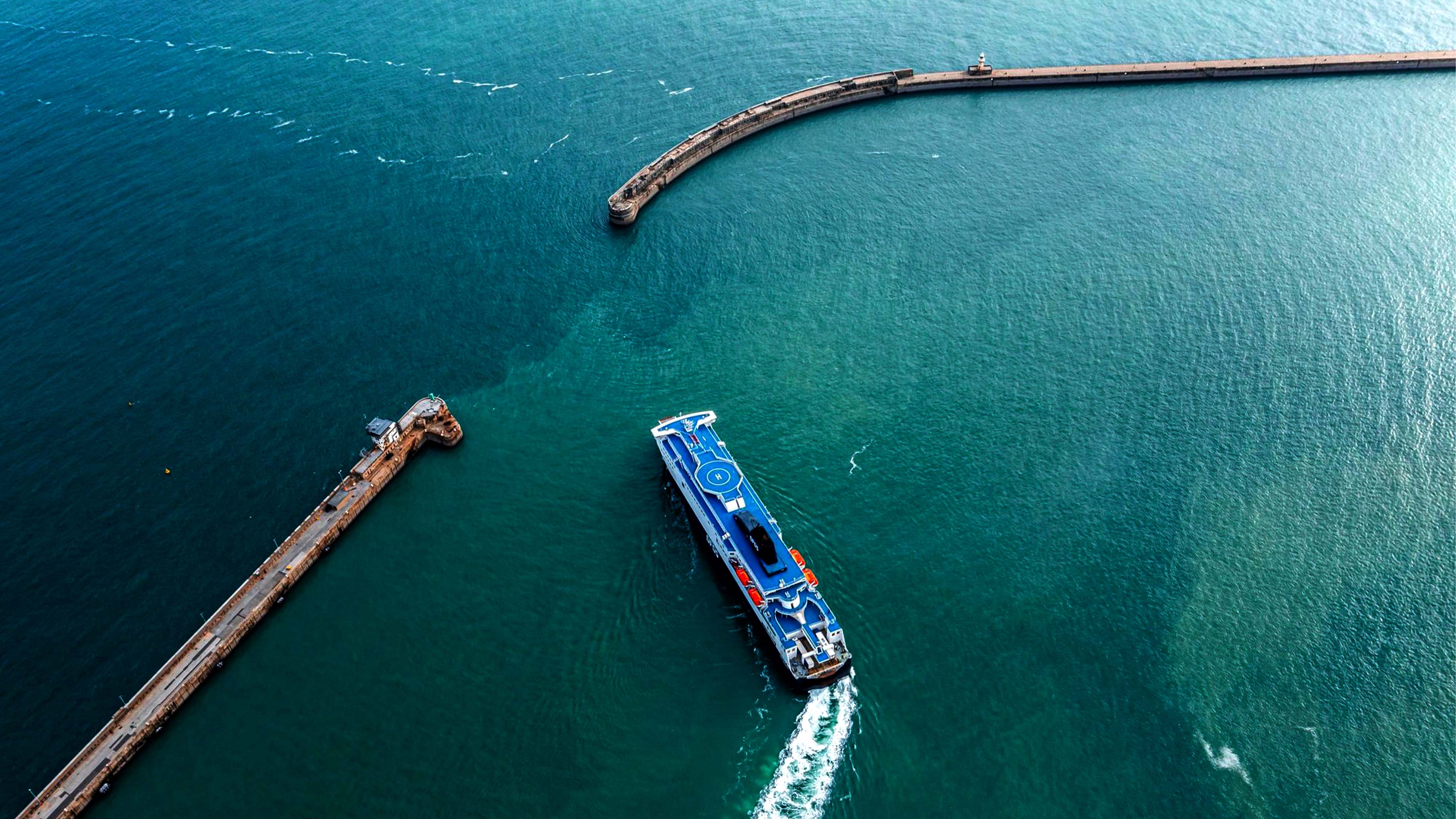
safety warnings
Wind sensors are vital components of safety systems across various industries, providing real-time, accurate data on wind speed and direction. This information is crucial for preventing accidents, safeguarding structures, and ensuring safe operations in challenging environments, from construction sites to transportation networks. By enabling precise adjustments or emergency shutdowns during high winds, these sensors help maintain safety standards, minimise risks, and enhance operational reliability. Discover how FT’s advanced wind sensors deliver the critical data needed to protect lives and assets in wind-sensitive applications.
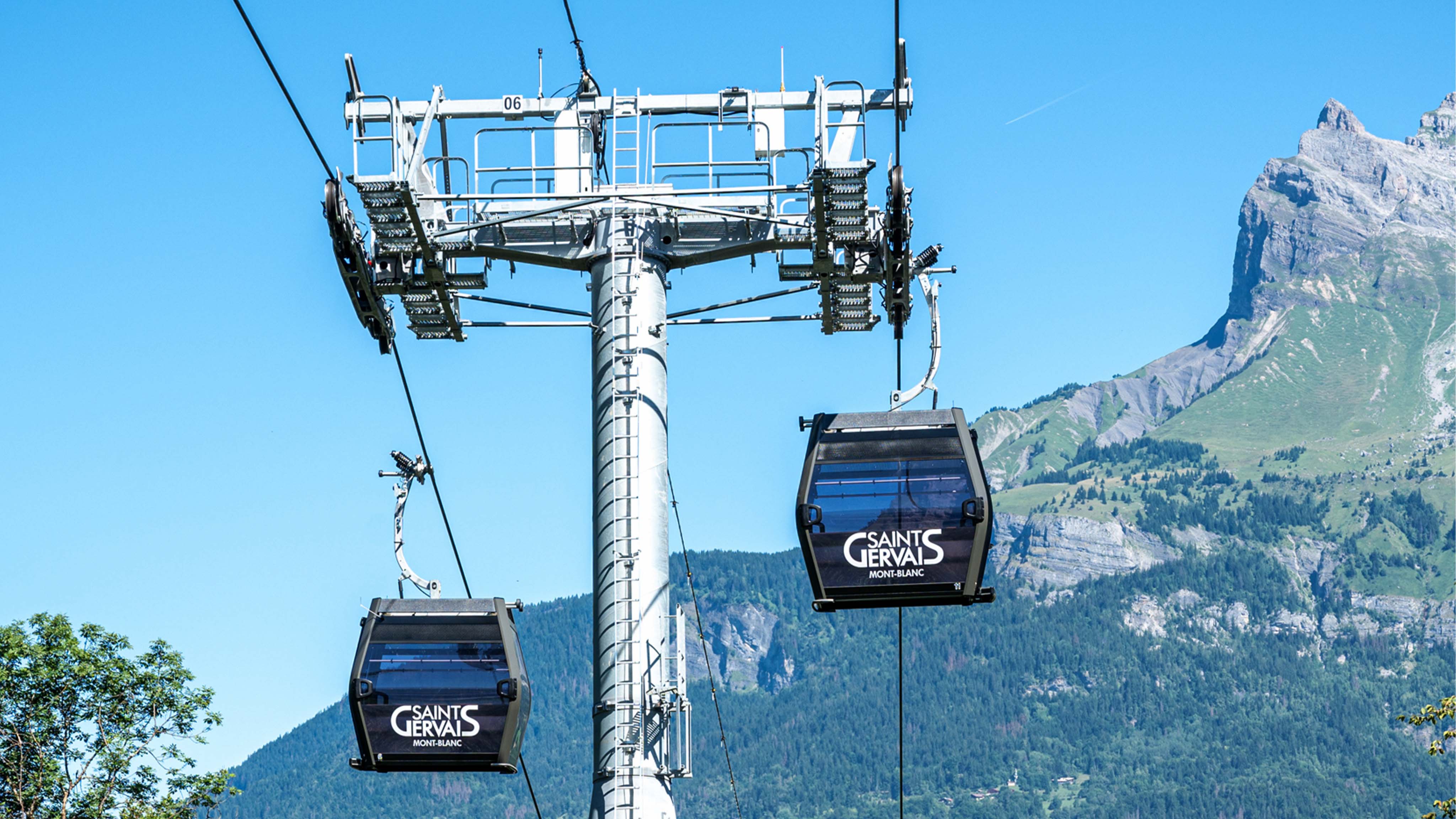
weather monitoring
Wind sensors are essential for weather monitoring applications such as air quality analysis, methane leak detection, and dynamic line rating. Accurate wind data enables the tracking of pollutant and methane dispersion, supporting effective environmental management and safety measures. For dynamic line rating, precise wind speed and direction measurements optimise power grid efficiency by calculating real-time line capacity. FT wind sensors deliver reliable, high-resolution data, ensuring dependable performance across these diverse applications.

marine
Wind sensors are indispensable in marine environments, providing accurate wind speed and direction data critical for safety, efficiency, and performance. On commercial ships, they optimise navigation and enhance operational safety, even in harsh oceanic conditions. For offshore buoys, wind sensors deliver essential weather and ocean monitoring data, enduring constant exposure to saltwater and rough seas. In performance sailing, they offer the precision needed for tactical decisions while withstanding the physical stresses of racing. FT’s durable, corrosion-resistant wind sensors are engineered to deliver reliable, maintenance-free operation in demanding marine environments, ensuring consistent data across all applications.
